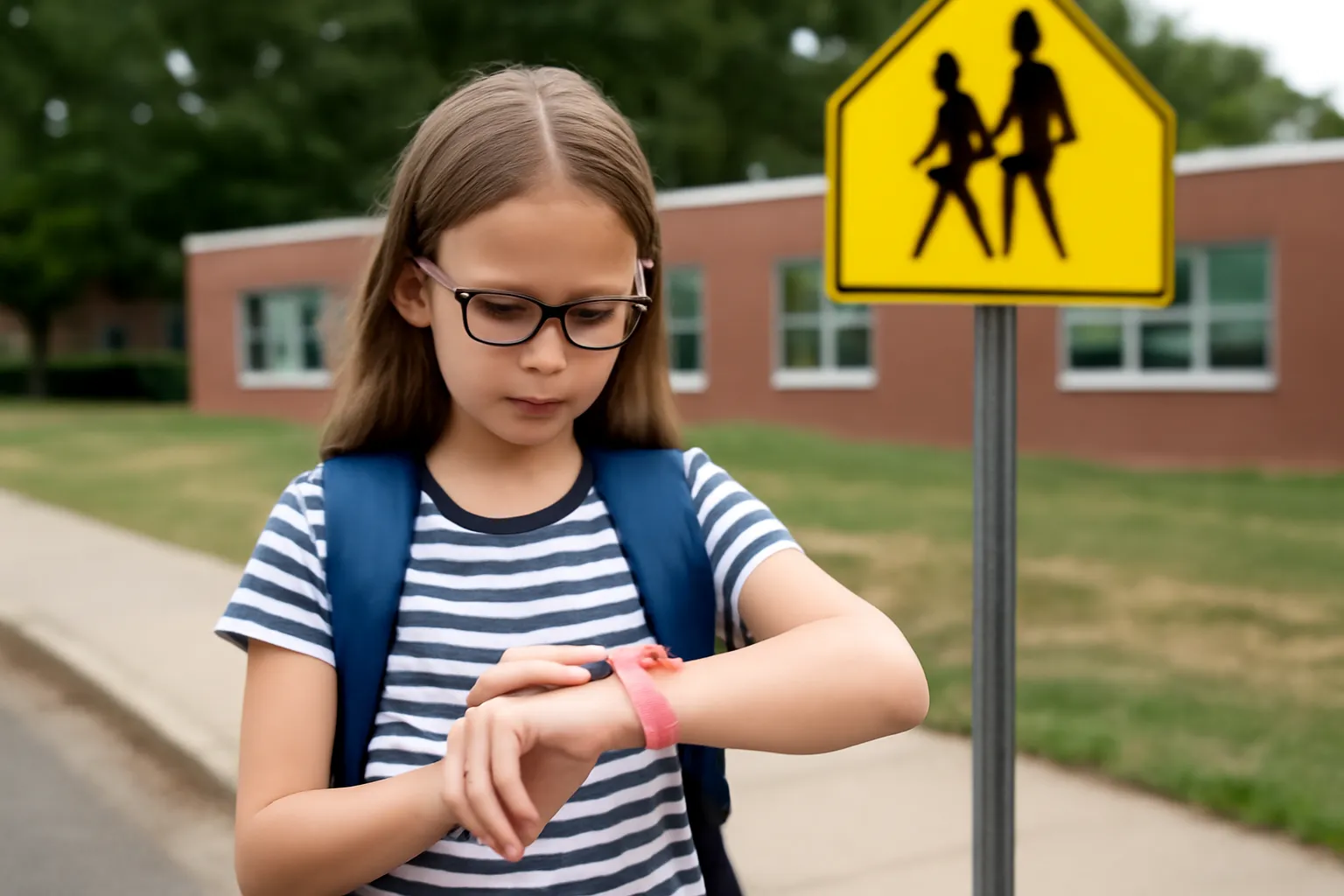Curious how to help your child better understand time? Wondering what the difference is between an elementary clock and a regular one? Looking for tools specifically designed for elementary students? This guide reveals the best tips for teaching kids how to read and manage time—with confidence and fun!
Recommended for elementary school students
Elementary school is when children start developing essential life skills, and time management is one of them. But unlike adults, young kids don’t yet have a natural sense of time. They need learning tools tailored to their cognitive stage—colorful, interactive, and easy to understand.
Why age-appropriate watches matter
When selecting a timepiece for a child, it’s not just about aesthetics. The watch or clock must be intuitive and support early development.
Here are key features to look for
-
Clearly marked hour and minute hands
-
Distinct color differentiation for hours and minutes
-
Numbers 1–12 boldly printed
-
Minute indicators (e.g., 5, 10, 15…) around the face
-
Durable and water-resistant materials
For instance, I introduced a color-coded analog clock to my niece, aged 7. Within two weeks, she no longer asked “Is it time yet?”—she proudly told me the time herself.
Interactive learning tools
Many schools now integrate interactive learning clocks that allow students to physically move the hands. This tactile feedback reinforces understanding. Some even have digital-analog hybrids, where students set the time manually and then check it digitally.
A standout example I’ve seen is the “Learning Resources Time Tracker,” which uses lights and sounds to signal intervals—perfect for kids with short attention spans.
Building routine through visual cues
You can further support time education by using daily routine charts with associated clock faces. Breakfast at 7:00? Draw a mini clock next to the picture of pancakes. Over time, kids associate the image and time naturally.
View Elementary Clock
A “View Elementary Clock” isn’t just a search term—it reflects a visual philosophy of teaching time. At its core, it’s about visual clarity and developmental alignment.
What defines a View Elementary Clock?
These clocks are specifically designed for classrooms and learning environments. They usually feature:
-
Bold contrast between hands and face
-
Color-coded hour and minute hands
-
Tick marks for every minute
-
Large face visible from anywhere in the room
Many schools have adopted these clocks because they reduce distraction while increasing visual engagement.
My classroom experience
While volunteering in a first-grade class in Busan, I noticed the teacher had replaced all standard wall clocks with specialized learning clocks. The change? Students began independently managing transitions between activities. A student even said, “When the red hand hits the 3, I know math ends!”
These clocks helped children understand the concept of “half past,” “quarter to,” or “o’clock” more intuitively. They were no longer abstract phrases—they became real, visible segments.
Smartboards and digital visualization
Modern classrooms go beyond analog. Smartboards now offer animated clock demonstrations, where the hands move in real-time. These visualizations allow teachers to pause, rewind, or speed up time to explain concepts dynamically.
One tool I highly recommend is the “Toy Theater Online Clock.” It allows children to test themselves by dragging the hands to match a given time.
“Search View Elementary Clock”
View Elementary School Clock
When discussing how to watch elementary school students and teach them about time, we must also consider the physical clocks in their environment—especially those in schools.
Clocks as educational tools
A standard classroom clock often blends into the background. But when it’s intentionally designed, it becomes an active learning aid. Schools that install learning-focused clocks on their walls are giving students constant reinforcement.
For example:
-
A clock labeled with phrases like “Time to read!” at 10:00 or “Lunch time!” at 12:00 helps young minds associate time with tasks.
-
Schools using clocks with built-in audio reminders (beeps at break time) reported better student autonomy and smoother transitions.
During a recent school visit in Seoul, I saw hallways equipped with analog clocks and digital countdown timers for recess. This not only reduced tardiness but improved overall time awareness among students.
Understanding the ‘clock problem’
This term refers to the common struggle kids face when transitioning from analog to digital or vice versa. Often, children can read digital times but don’t understand the mechanics behind how time progresses—leading to poor planning skills.
To address this, combine digital and analog teaching methods:
-
Start with analog to build conceptual understanding.
-
Introduce digital once the student shows confidence.
-
Practice both formats using games, flashcards, and quizzes.
I’ve worked with dozens of parents who noticed major improvements after just 15 minutes a day using hybrid clock apps like “Kids Learn Time.”
Cultivating independence
Ultimately, the goal is to help children become independent time managers. Start by assigning simple tasks:
-
“Set your timer for 10 minutes of reading.”
-
“Tell me what time we need to leave for taekwondo.”
-
“Let’s check the clock and see how long it took to eat lunch.”
These little exercises add up, fostering a sense of responsibility and control.
“Elementary school clock tools”
Conclusion
Teaching elementary school students how to understand time isn’t just about clocks and watches—it’s about building life-long habits of discipline, awareness, and self-direction. The right tools—whether they be color-coded watches, classroom clocks, or smartboard simulations—can make all the difference.
As Benjamin Franklin once said, “Lost time is never found again.” Let’s equip our children with the tools to value and manage it from the very start.






